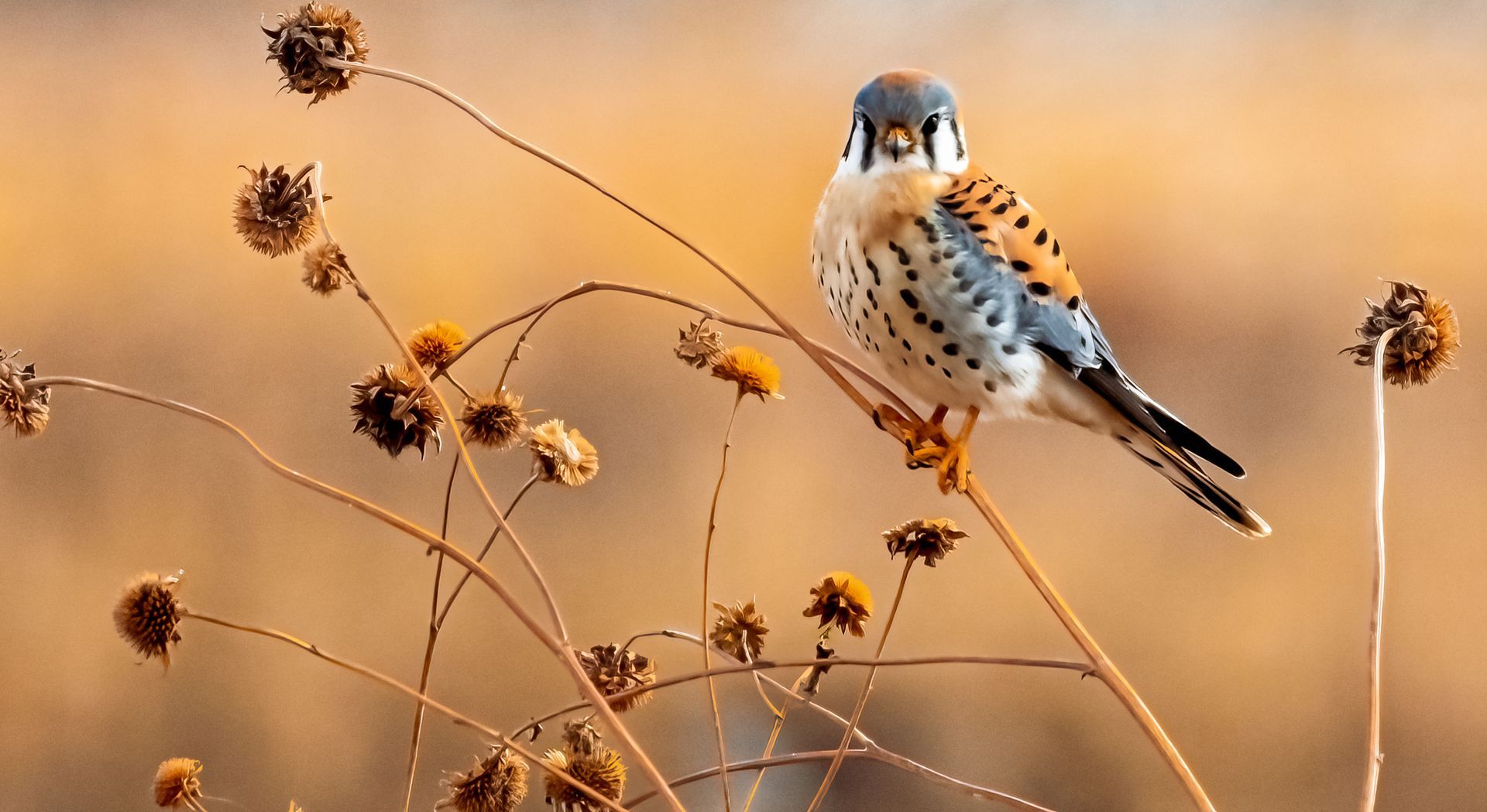Chronic Wasting Disease (CWD) Testing in Michigan
With archery season already underway and regular firearm season just around the corner, Michigan hunters only have one thing on their mind: harvesting a white-tailed deer. White-tailed deer are found in every county across the state. They occupy a wide range of habitats including forests, agricultural fields, and brushy bottomland areas. Deer are especially abundant in the southern Lower Peninsula where there is a lot of agriculture and crops for them to feed on. However, a high abundance of deer can contribute to high disease transmission which affects the entire herd. One such disease, commonly called CWD, is very serious because it is not like most other diseases.
Chronic Wasting Disease (CWD)
Chronic wasting disease (CWD) is a neurological disorder that affects cervids like elk, moose, caribou, and white-tailed deer. Unlike other diseases, CWD is caused by misfolded natural proteins called prions. When these prions fold incorrectly they tend to accumulate in and cause damage to lymphatic and neural tissues, including the brain. CWD is always fatal to the infected animal, and there is currently no vaccine or treatment.
Graphic showing the disease transmission of CWD.
This disease can be transmitted orally and/or intranasally through direct contact with an infected animal, or through indirect contact with infected items such as soil or forage. It typically enters the body and travels straight to the lymph nodes, where the infected prions multiply and start misfolding natural proteins. The prions then make their way to the rest of the body including the brain, where they kill any healthy cells.
CWD has an incubation period of 18-24 months from the time an animal is infected until noticeable symptoms arise. During this period, an infected animal may look and act perfectly normal. Common symptoms seen in infected white-tailed deer include the following:
- Progressive weight loss
- Excessive salivation
- Increased drinking and urination
- Behavioral changes (decreased social interaction, loss of fear of humans)
CWD Testing
Testing any harvested deer for CWD is crucial to help track the disease and monitor its spread. Previous testing has occurred in areas where CWD has been confirmed. However, the Michigan Department of Natural Resources (DNR) began a rotational testing system starting in 2021 with the goal of testing sufficient numbers of deer in every county. The DNR hopes this will help detect the disease early when management can be more effective.
This year, CWD testing will be focused on the northern Lower Peninsula and the Upper Peninsula. Specific counties that will have testing include Antrim, Arenac, Baraga, Benzie, Cheboygan, Chippewa, Clare, Dickinson, Gladwin, Grand Traverse, Houghton, Iosco, Kalkaska, Keweenaw, Leelanau, Luce, Mackinac, Manistee, Ogemaw, Ontonagon, Otsego, and Schoolcraft. Each county will have either drop boxes, staffed submission sites, or processors and taxidermists to help with collection. Testing in these counties is not required but highly encouraged to help the DNR manage CWD effectively.
There are a variety of testing options currently offered, including free testing and testing with required fees. Each county in Michigan has different requirements, so check the DNR website for information about your specific county. Testing methods currently offered include:
- Physical testing locations – find a list of these locations HERE
- Free self-testing kits – these are available in some counties and can be picked up at various locations found HERE (instructions are included)
- Paid sample testing – these are available for counties not eligible for free testing (instructions can be found HERE)



